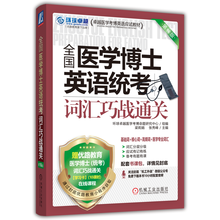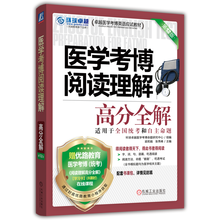Pundits who want to sound judicious are fond of warning against generalizing. Each country is different,they say, and no one story fits all of Asia. This is, of course, silly: all of these economies plunged into eco-nomic crisis within a few months of each other, so they must have had something in commora.<br> In fact. the logic of catastrophe was pretty much the same in Thailand, Malaysia, Indonesia and SouthKorea. (Japan is a very different story. ) In each case investors-mainly, but not entirely, foreignbanks whohad made short-term loans-all tried to pull their money out at the same time. The result was a combined bank-ing and currency crisis: a banking crisis because on bank can convert all its assets into cash ~on short notice;a currency crisis because panicked investors were trying not only to convert long-term assets into cash, but toconvert baht or rupiah into dollars. In the face of the stampede, governments had no good options. If they lettheir currencies plunge inflation would soar and ,companies that had borrowed in dollars would go bankrupt;if they tried to support their currencies by pushing up interest rates, the same finns would probably go bustfrom the combination of debt burden and recession. In practice, countries' split difference-and paid a heavyprice regardless.<br> Was the crisis a punishment for bad economic management? Like most clich6s, the catchphrase "cronycapitalism" has prospered because it gets at something real: excessively cozy relationships between govern-ment and business really did lead to a lot of bad investments. The still primitive financial str~ture of Asianbusiness also made the economies peculiarly vulnerable to a loss of confidence. But the punishment was sure-ly disproportionate to the crime, and many investments that look foolish in retrospect seemed sensible at thetime.<br> ……
展开










